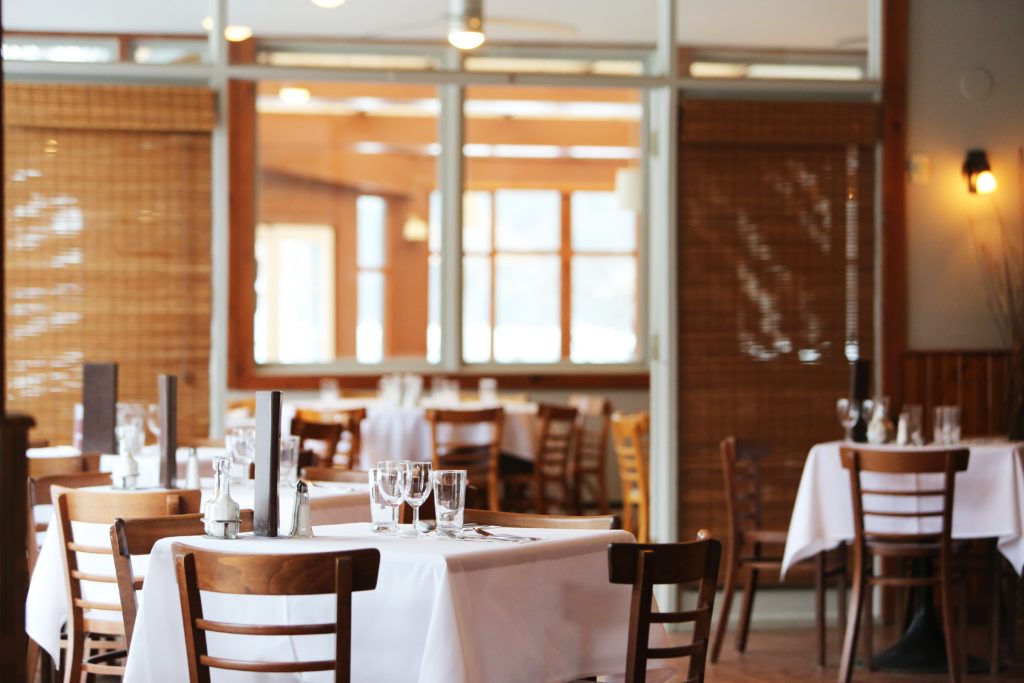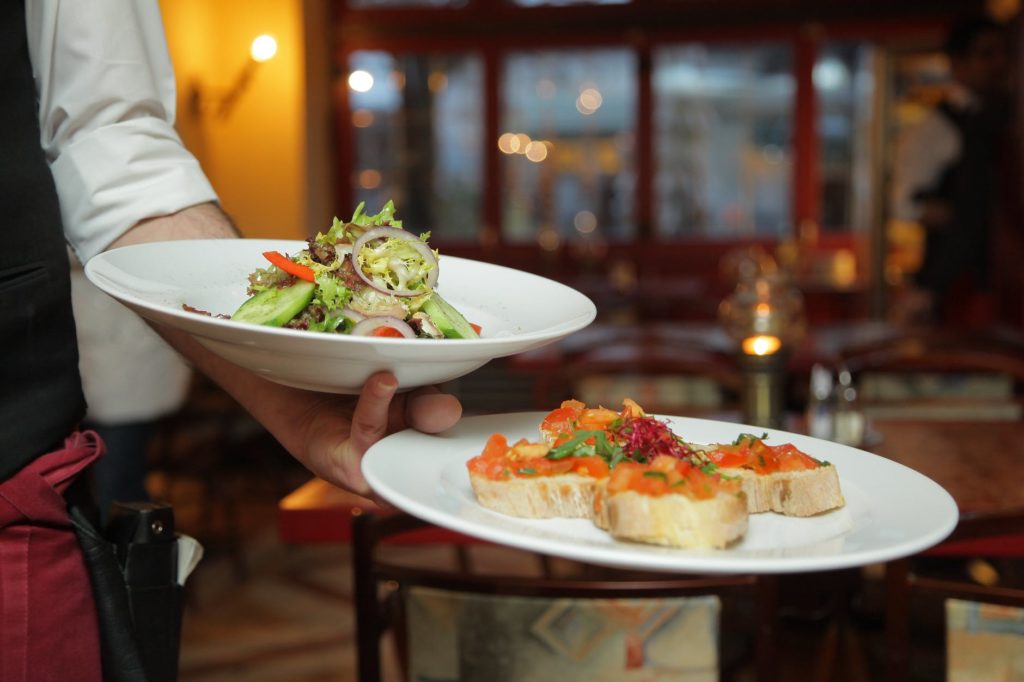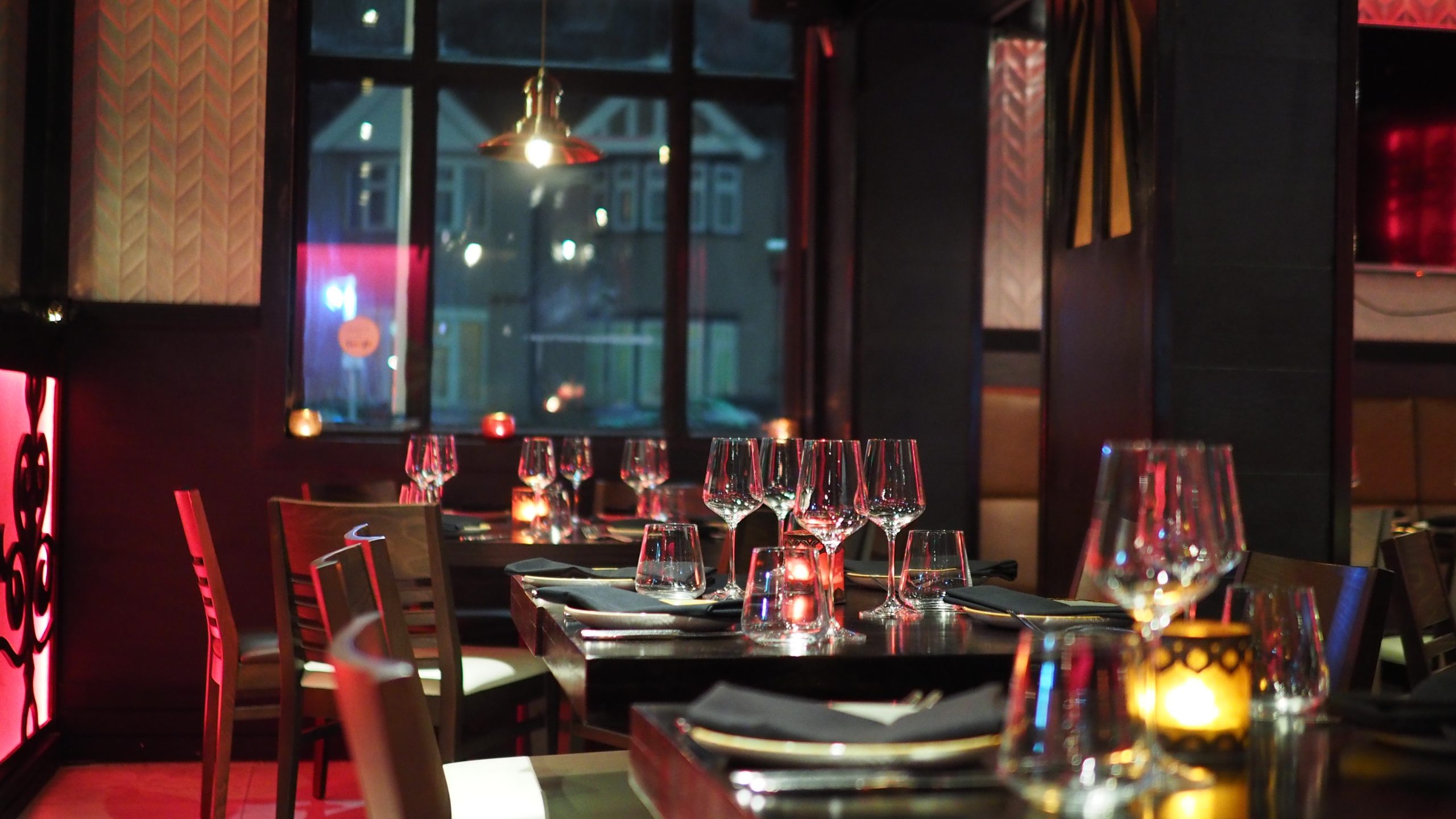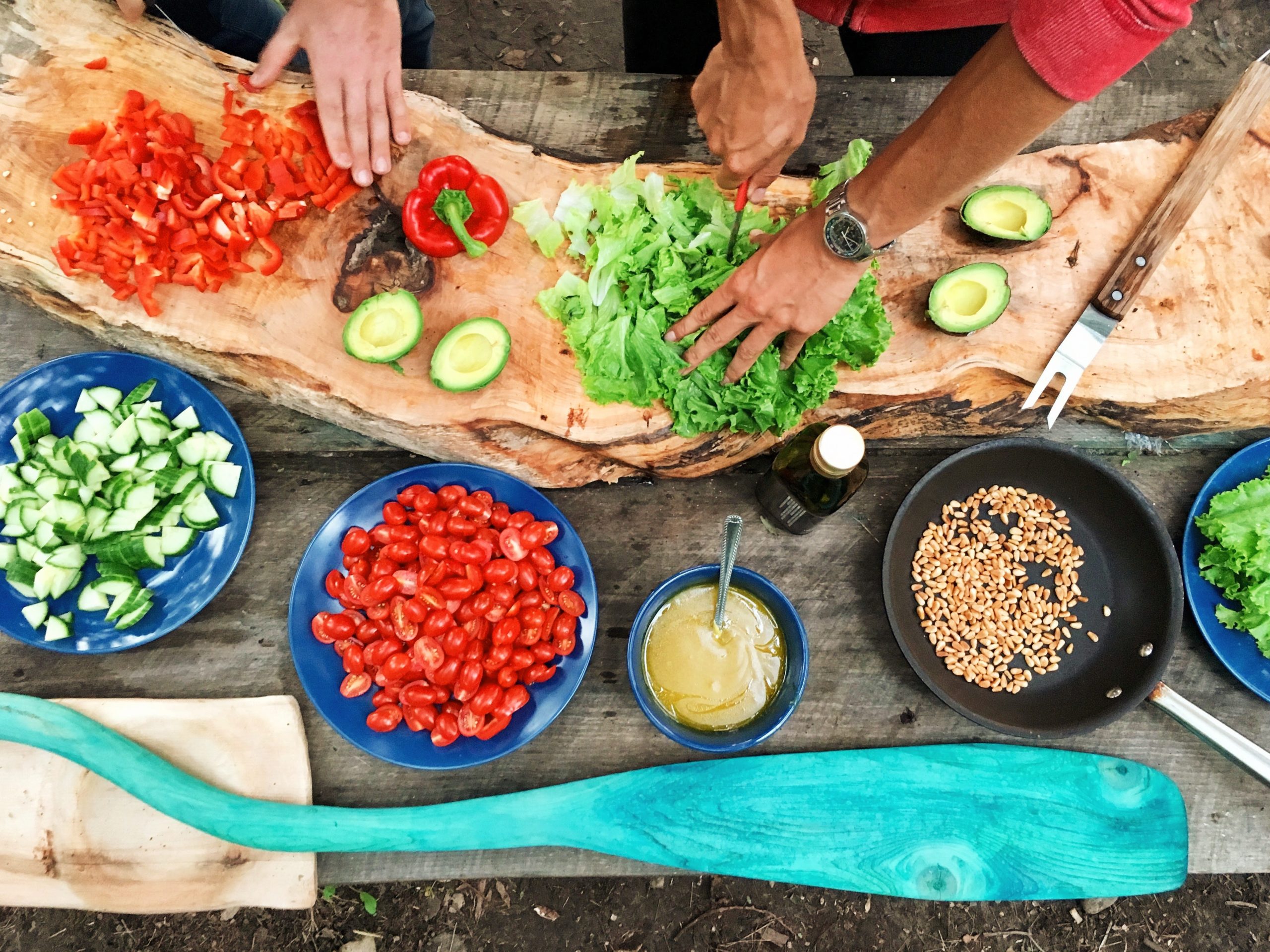Whether your organization is growing from 1 to 2 locations, 10 to 20 locations or 50 to 500 locations, you are in transition and there are many factors involved in whether you will be successful with this growth. Many elements of your growth will create an emotional high of which there is nothing like it, but caution, there are many bumps in the road with growth of which some you will see, recognize and react to quickly and some that you will miss or not be prepared for.
The future of your organization depends on the pillars you have set up. The pillars may grow taller as you grow, but keeping them strong without crumbling is the challenge. Below are the five biggest growth challenges that you may face.
Capital and Financial Stability
In order to grow your brand, you have come up with one or many ways of raising the money you will need. This may include self-funding, independent investors, banks, private equity or a combination. You have big plans for your growth. Is this plan realistic and have you raised enough money to support it? In a perfect world, you would be dealing with a cookie cutter budget to work with. This would mean having AAA real estate with the exact same square footage costing you the same dollar per square foot with construction and other new store opening costs being the same for each location and all projections running on time. You would have no trouble hiring or training, your guests would line up from day one and your sales projections would be right where you had expected from the beginning and stayed that way forever. Unfortunately, projecting growth does not work like that and you have to plan for those twists and turns along the way. What you can’t be is under-capitalized as this will create pressures that affect the whole organization.

Financial stability of the company can’t be compromised by being under-capitalized with your growth. The restaurant locations that you have open must be able to be managed properly with no cutting of corners including vendors being paid on time. Your restaurants must continue to look sharp. One of the biggest growth issues is declining sales from existing locations simply because they are not being maintained properly and in general, because eyes are so much on the future that the present is not being focused on properly.
Real Estate/Site Selection
This appears obvious, but are you under pressure to grow at a pace that may not be realistic? This may cause you to choose locations that do not fit your standard for demographics, size prototype, dollar per square foot, landlord buildout support, construction costs (union vs non union), labor availability and cost of labor and so much more. You also have to factor in the added cost to your operations when you spread out to multiple markets.

One bad location will need four good ones to make up the needed bottom line. It is critical to have a real estate specialist on staff or work with an external restaurant real estate company. In either case, they need to know the markets extremely well and be under the microscope to find you the standard that you have come up with. They need to have the connections with the landlords and development companies and understand all the parameters of what will provide you with successful restaurants. Every location will not be perfect. You will have some that exceed expectations and some that will fall a bit short, but the key is to avoid choosing the wrong markets and the wrong sites. Make sure you have a qualified real estate professional working on your behalf.
Infrastructure/Internal vs External Support
Growth requires the right people pushing the buttons. Along the way, no matter what the size of your company, there will be people wearing multiple hats. You need hybrids in every organization, but as you grow, you need specialists who have areas of expertise that will be critical to your success. As you grow, things become more complicated. You may have been a distributors dream in the original market that you started in and your buying power as a small regional chain may have been good. You may have been negotiating your own deals and developing the menu items that made you a success.

You may have picked your own real estate and was actively involved in each new store opening. Now you have to make some big decisions. Do you hire internally or do you bring in short term or long term specialists to make sure that you have the knowledge and expertise to make sure stay on the path to success. Typically it is best to do a combination of both. The crucial part of this is to be prepared. You need to continue to have a plan on the stages of when you need to add this support.
Systems and Consistency
Preparing for growth usually starts with the three areas above. You may have the money, locations and even the people to make it happen, but are you ready? Yes, you love your brand and you believe it is better than everyone else. You can’t wait to get it into different markets and confirm this, but are the systems in place to protect your brand? Without over the top detail, your brand will begin to look different from place to place. You have put your stamp on the design and layout of the locations. Now you have to do it from the restaurant set-up, training and operations. The team involved in the hiring and training of your restaurants staff will create the culture of your new restaurants. Yes, there needs to be clear training materials that are very visual in what the specifications of products are, how they should be prepped, how they should be served, how to store products and clean the restaurant, but you can’t put passion on a piece of paper. There are a lot of options for labor in today’s market. Without good people who believe in your brand and who will execute your message, without you there, inconsistency will begin and your brand will slowly erode.

You need to put in checks and balances with continual corporate training and systems, but avoid cookie cutter openings when it comes to culture. You also must make it clear as to where there is no flexibility and where there is flexibility and what that means. Some things such as your proprietary products must be at every restaurant and your distributors must have them available even for your first location in a market, but it is not realistic to expect every ingredient to be the exact at every location. For instance, you may have a spec of a 14-18 ct Applewood smoked bacon from Smithfield for your locations, but in a new city where you are opening your first location, the distributor does not stock Smithfield for this item, but has two others with same spec. You should be cutting multiple products in advance and approving alternates. Once you build up volume, you can move to the original manufacturer. Every location you open must feel like it is the only one. The focus needs to be on your standards so your guests can be wowed. By creating the systems and standards early, this can be accomplished.
Balancing Emotion in your decision making
From a company’s first location to their 500th, restaurant brands all feel that their food, beverages, design, layout, menu and concept in general are the best and needs tweaking, but no real change. Restauranteurs have passion and are artists in their own way. Early success tells them that their critics (their customers) love them and will always love them. At the beginning, the founder and creator was in the restaurants a lot and spent time with their guests. They watched the quality of the food, they made sure the restaurants were clean and they could count on many relationships they created with vendors and their staff. As you grow, you begin to count on others to follow your lead and execute much of what you used to do. The food, service and cleanliness are assumed to be as great as ever and you assume that your customers will come to you forever. Is it possible that they love your burgers and come for that, but never liked your fries? Do you have fish n chips that are a big seller and you are using cod because you like cod, but your guest does not even know? You also will assume that your vendors and other outside relationships are the best and that your pricing on items is better than anyone else.

The first thing that should be clear is that your vendors and anyone else that you count on your business will always look out for themselves first and then you. There are things that you do not know that may not be as transparent as you think. If you feel a deal is too good to be true and so much better than others much larger than your organization, it is most likely not. As you grow, there are very important decisions that need to be made that allow you to keep your organization consistent, but growth may not allow you to do some of the things that you have always done in one region. Key initiatives such as local, organic, scratch, cut fresh must be maintained but not on everything. You need to be concerned about availability, labor, food safety, guest credit and so much more. Do you really need to make fresh guacamole in a restaurant that is primarily Italian? Do you really need beautiful hot house tomatoes for chopping and placing in your salsa? Does your guest really need for your burgers to be ground in each location and do they notice the difference? There are so many questions like this to be pondered as you grow. Ask lots of questions and stand by certain things and create alternate plans where you can. Make the decisions at your convenience as opposed to when you are forced to…..
There is nothing better than taking a brand and growing it. Understanding the challenges early in the process and doing the heavy lifting at the right time will make the chances of your success far greater.



